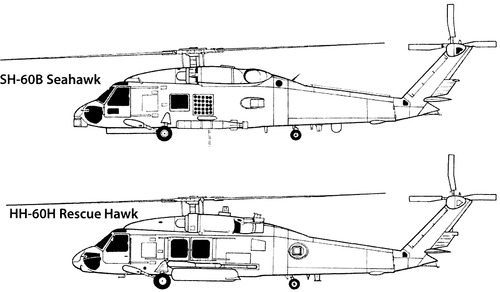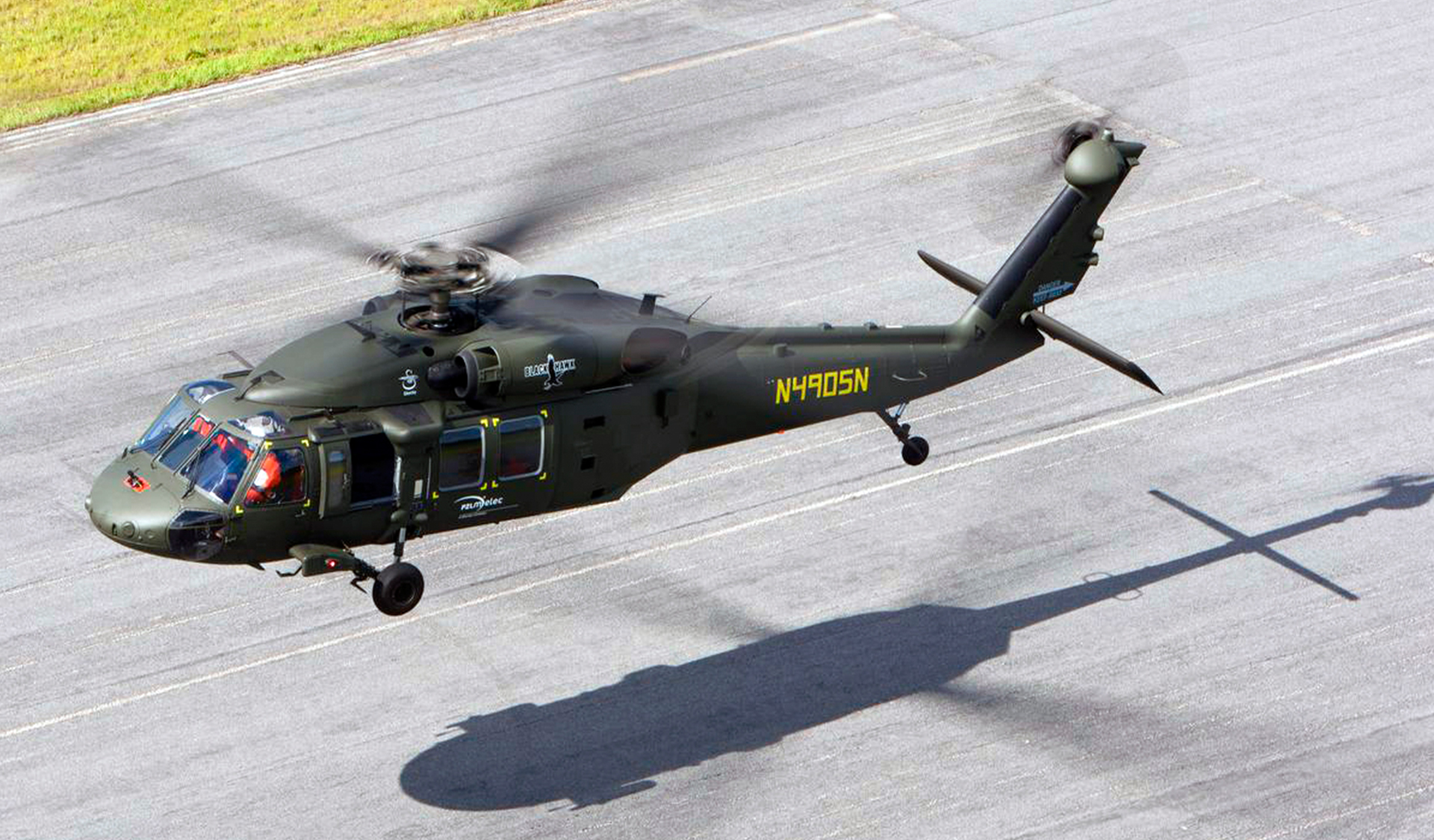High-Performance Multi-Role Rotorcraft Featuring Advanced Cockpit Technologies and Integrated Sensing Unit Systems
The realm of rotorcraft innovation has seen remarkable improvements in current times, particularly in the realm of high-performance multi-role rotorcraft furnished with sophisticated cabin modern technologies and seamlessly incorporated sensing unit systems. These technologies have not just boosted the functional capabilities of rotorcraft but have also dramatically influenced modern air travel operations on various fronts. From improved goal versatility to boosted operational performance, the merging of advanced cockpit technologies and integrated sensing unit systems has actually ushered in a new era of possibilities for rotorcraft applications. In the following conversation, we will explore the development of rotorcraft innovation, dive right into the realm of sophisticated cabin advancements, and examine the implications of incorporated sensing unit systems on the functional versatility and effectiveness of modern rotorcraft.
Evolution of Rotorcraft Innovation
The advancement of rotorcraft innovation has actually been noted by substantial developments in the rules of aerodynamics, materials, and propulsion systems, shaping the capabilities and efficiency of modern-day rotorcraft. Aerodynamic improvements have improved the performance and maneuverability of rotorcraft, enabling enhanced speed, dexterity, and stability during flight (sikorsky s 70). Innovations in materials, such as using composite products and advanced alloys, have resulted in lighter yet stronger rotorcraft structures, boosting total efficiency and durability. In addition, advancements in propulsion systems, including much more powerful engines and ingenious propulsion innovations, have enabled rotorcraft to accomplish greater elevations, faster rates, and greater payloads.
These developments have not only transformed the capacities of rotorcraft yet have actually likewise expanded their applications throughout various industries, consisting of military, industrial, and emergency situation solutions. The constant advancement of rotorcraft innovation remains to drive development in the area, pushing the limits of what is possible and shaping the future of upright trip.
Advanced Cabin Innovations
Building upon the foundational innovations in the rules of aerodynamics, products, and propulsion systems, the realm of rotorcraft modern technology now changes focus in the direction of pioneering Advanced Cockpit Innovations. The assimilation of advanced technologies within the cockpit setting plays a critical role in boosting the operational capacities, safety and security, and effectiveness of modern rotorcraft. sikorsky s 70. Advanced Cockpit Innovations incorporate a vast variety of attributes developed to give pilots with improved situational understanding, structured information management, and instinctive control interfaces
Among the vital developments in cabin design is the application of glass cabins, which change traditional analog assesses with high-resolution display screens. These digital systems offer adjustable formats, real-time data integration, and improved readability, making it possible for pilots to accessibility essential info at a glimpse. In addition, progressed avionics systems, such as fly-by-wire controls and increased fact displays, are transforming exactly how pilots connect with the aircraft, enabling exact control and boosted decision-making abilities.


Integrating innovative cabin developments not just boosts pilot efficiency but additionally contributes to overall goal efficiency and safety in complicated operational settings. By leveraging advanced technologies within the cockpit, rotorcraft producers are establishing new criteria for operational quality and objective success.
Integrated Sensing Unit Solutions
With the advancement of rotorcraft technology, the assimilation of innovative Integrated Sensing unit Equipment has become extremely important in improving operational performance and safety. These Integrated Sensor Solutions incorporate a broad selection of technologies that give important data for different functions such as navigation, monitoring, targeting, and ecological monitoring. By effortlessly incorporating sensors like radars, cams, lidar, and infrared systems right into rotorcraft, operators can profit from boosted situational awareness, improved goal capacities, and decreased pilot workload.
One trick benefit of Integrated Sensing unit Systems is their capability to collect real-time information and supply workable insights to pilots and mission operators. Progressed explanation radar systems can find and track targets over long distances, allowing for early risk discovery and effective reaction planning. Furthermore, incorporating infrared and electro-optical video cameras makes it possible for rotorcraft to perform reconnaissance and security goals with precision and accuracy.
Fundamentally, the integration of sophisticated sensing unit technologies into rotorcraft not just enhances operational effectiveness however additionally contributes considerably to overall mission success and crew security. As rotorcraft remain to develop, the role of Integrated Sensor Systems will most certainly continue to be at the leading edge of advancement in the aerospace sector.
Operational Flexibility and Efficiency
Enhancing functional convenience and performance in rotorcraft is an all-natural progression from the integration of advanced Integrated Sensing unit Solutions. By leveraging the data and understandings given by these sophisticated sensor systems, rotorcraft can optimize their performance throughout various goals and settings.
Operational convenience includes the capacity of rotorcraft to adjust to various roles and circumstances effectively. With sophisticated cabin modern technologies and incorporated sensor systems, rotorcraft can flawlessly change between jobs such as search and rescue, medical evacuation, security, and a lot more. This flexibility boosts the rotorcraft's ability to meet diverse functional needs without needing comprehensive reconfiguration.
Performance in rotorcraft operations is critical for taking full advantage of mission efficiency and source usage. Integrated sensing unit systems play a critical duty in enhancing operational effectiveness by offering real-time information on weather, terrain mapping, target tracking, and a lot more. This information enables pilots to make educated choices swiftly, enhance trip courses, preserve fuel, and improve total goal productivity.
Influence On Modern Air Travel Workflow

Additionally, the assimilation of sophisticated sensing units facilitates boosted objective preparation and execution, making it possible for rotorcraft to execute a variety of jobs with enhanced precision. From search and rescue operations to airborne firefighting and police objectives, the capabilities of contemporary rotorcraft geared up with innovative cockpit innovations and incorporated sensor systems are unrivaled.
In addition, the impact of these improvements extends past functional performance to cost-effectiveness and sustainability. By maximizing trip paths, fuel consumption, and upkeep schedules, high-performance rotorcraft geared up with innovative cabin innovations and sensing units add to decreasing functional prices and environmental effect, making them crucial assets in contemporary air travel procedures.
Conclusion
To conclude, the high-performance multi-role rotorcraft with sophisticated cabin innovations and incorporated sensing unit systems stands for a significant evolution in aeronautics modern technology. These innovations boost functional versatility and efficiency, ultimately impacting modern air travel procedures in a favorable means. The assimilation of these sophisticated modern technologies enables for enhanced abilities and performance in different goal circumstances, showcasing the proceeded innovation of rotorcraft innovation in the aeronautics sector.
The world of rotorcraft modern technology has actually seen remarkable advancements in recent times, specifically in the world of high-performance multi-role rotorcraft furnished with cutting-edge cabin technologies and seamlessly incorporated sensing unit systems. From enhanced goal adaptability to enhanced operational efficiency, the convergence of innovative cabin technologies and integrated sensor systems has ushered in a new era of opportunities for rotorcraft applications. In the adhering to conversation, we will recommended you read explore the advancement of rotorcraft modern technology, dive right into the realm of innovative cabin developments, and take a look at the ramifications of integrated sensing unit systems on the operational versatility and efficiency of modern-day rotorcraft.
